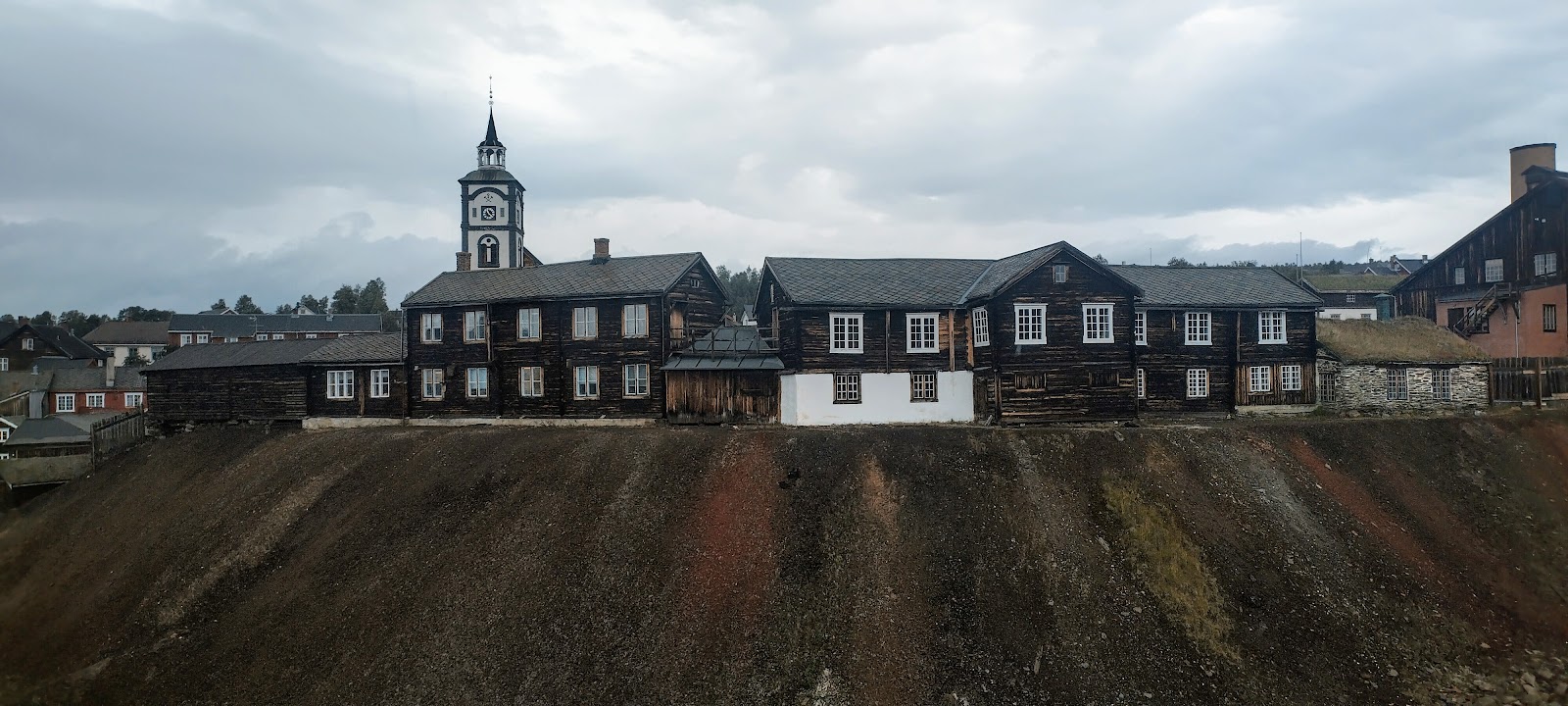Cover Photo: Markus Fagerholt
Text: Markus Fagerholt
Edit: Mike Dent, Sophie Spickenbom
One of the many Roverway paths had the chance to explore the rich history of Røros. On this path we had Guides and Scouts from Portugal, Malta, Greece, Switzerland, UK and Denmark that came together to explore this rich history. Markus, a member of our text team, was a leader for that path and wrote a little report for us.
The Initial Plan and Changes
Our journey included a much-anticipated visit to Olav’s Mine (Olavsgruva), offering a deep dive into the historical significance of the Røros mines. We were all excited to visit theine on Wednesday, as we eagerly waited for the bus, I contacted the museum to confirm our trip. To our dismay, we encountered some logistical issues that prevented us from going to the mine as planned.
Despite the initial disappointment, the town of Røros offered its own treasures. We strolled through the historical streets, marvelling at the well-preserved wooden buildings and soaking in the unique atmosphere of this UNESCO World Heritage Site. Visiting The Copper Works provided us with fascinating insights into the town’s economic foundation and the role copper mining played in its development.
Determined not to miss out on Olav’s Mine, the Røros Museum rescheduled our trip.
The journey through Olav’s mine
The tour of Olav’s Mine was immersive and educational. The guide shared insights into the miners’ lives and the mining processes used throughout history. She emphasised the importance of preserving the mine’s historical integrity, which resonated with many of us.
One of the Guides and Scouts on the path, Matthew Scalpello from Malta, found the visit particularly enlightening. Reflecting on the authenticity of the mine’s preservation, he noted, “The mine’s preservation, with minimal additions apart from safety measures, allowed us to truly experience its historical integrity. It’s crucial to maintain historical sites authentically so future generations can appreciate their evolution.”
Matthew also shared how the guide’s explanations of the mine’s history and the miners’ lives were particularly engaging. He remarked, “The best part was how the mine was kept, it was left as it was and not much was added to the mine other than some safety measures. It is super important to leave a place’s history right as it is so other people can enjoy looking at the past and how the place has progressed in time.”
This authenticity and the vivid storytelling helped us connect with the past in a meaningful way, making the visit to Olav’s Mine a highlight of our experience in Røros.
Conclusion
Our visit to Olav’s Mine was more than just a tour; it was a journey back in time that allowed us to connect deeply with the history and heritage of Røros. Despite the initial logistical challenges, the experience turned out to be profoundly educational and enriching. Walking through the historical streets of Røros and exploring The Copper Works set the stage for our eventual exploration of Olav’s Mine.
The detailed narration by our guide, combined with the authentic preservation of the mine, helped us to vividly picture the miners’ lives and the significance of the mining industry in shaping the town’s history. Matthew’s reflections captured the essence of our collective experience, emphasising the importance of preserving historical sites authentically for future generations.
This journey through Røros and Olav’s Mine was a highlight of our path at Roverway, leaving us with a deeper appreciation for the town’s rich heritage and the stories etched into its landscapes. It was a memorable adventure that not only educated us but also inspired a profound respect for the history and resilience of the people of Røros.




